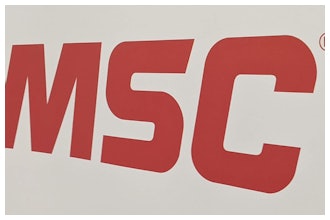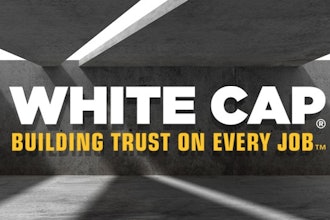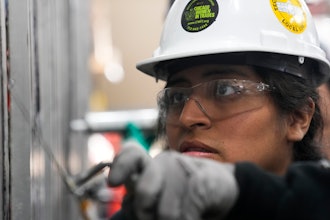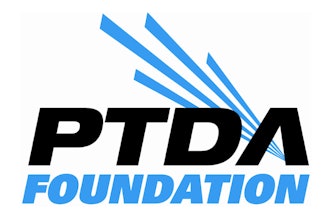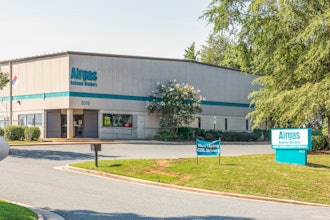
The pandemic has accelerated how distributors operate, including sales process, customer engagement and employee management. Remote/flexible work, technology adoption and customer behavior changes are here to stay. For employees, a paradigm shift in the meaning of job, career, growth and success is brewing. The issue for employers is how to successfully find and recruit the next generation of talent, then take that process and make it an effective pipeline to continually attract the best and brightest. When employees are passionate and dedicated to their work, the company benefits.
There are three key areas to focus on when recruiting next generation of employees:
Employer Branding
The most significant obstacle that job searchers face is not knowing what it’s like to work at a company. Young talent want to work for a purpose-driven company with good cultural fit, that values people. To build a brand, companies must be authentic and transparent about values, history and leadership, and workplace culture. Achieving successful branding requires showing prospective employees what their lives will be like working for you, so show them. Improved visibility leads to more qualified applicants.
There are five major facets to focus on when conveying your company’s brand: website pages (specifically the “about us” or “company” pages); physical branding on shirts and gear; social media; professional networks; and the employee and candidate experiences.
Employer Branding Tips:
Begin recruitment materials with employee value propositions, videos, images and testimonials.
Ask enthusiastic employees to volunteer as social media ambassadors to share their stories and engage with users.
Monitor reviews on Indeed and Glassdoor and respond appropriately.
Collect and analyze data from social media, website traffic, videos and job applications to see what’s working.
Social Recruiting
In 2021, employers need to be thinking digital and mobile first. The Aberdeen Group found that 73% of millennials found their current job through a social media site. So how does your company recruit next-generation workers? By meeting them where they spend most of their time: on social media. Think of these platforms as windows into your workplace and your company’s culture.
The key is to integrate your social and digital recruiting plan into your overall recruitment strategy so that you’re not only building your company’s brand but also partaking in passive recruiting. These three areas don’t work in silos; they’re working together to help you recruit and retain workers.
Your social and digital activities, content and quality of your posts, and creative engagement methods all contribute to your employer brand. Measure ROI to see how your changes are adding up and, if they’re not working, use it to see how you can adjust.
Social Recruiting Tips:
Build a custom social media plan for each platform. Followers don’t want to see the same message word-for-word multiple times.
Create content that hits four pillars: employee focus, college recruiting, appreciation focus (such as Driver Appreciation Day), and company-culture focus.
Show them. Visual and live content are much more likely to garner engagement.
Never automate interactions.
Embrace hashtags.
Candidate Experience
Job seekers trust current and former employees’ experiences as a true representation of an organization, which means that the candidate experience during the application and interview processes are critical to your overall recruitment and branding efforts. Think of recruitment as a “Journey” vs “Funnel.”
Review sites have enabled bad experiences to linger, and these horror stories can spoil your acceptance rates as well as general interest, ultimately damaging your brand. To improve the candidate experience, look at the job search journey through an applicant’s eyes and create a candidate journey map. Include the four stages of getting a job: awareness, application, selection and offer. Get feedback from recent hires about their application journey and use this insight to understand the overall candidate persona. From that information, develop specific touchpoints and positive experiences for applicants.
Candidate Experience Tips:
Write a clear, detailed job description.
Be mobile-friendly by offering applications through LinkedIn or allowing prospective employees to register for email alerts for new openings.
Communication is vital and should be humanized. The number one frustration during the job process can be a lack of communication.
Remember that you’re not just competing with other distributors for applicants; you’re also competing with retailers, consulting companies and the gig-economy for top-tier talent. Although no one adjustment will make a breakthrough difference, putting in the effort to make multiple small changes in these three areas will.
 Bharani Nagarathnam, Ph.D.
Bharani Nagarathnam, Ph.D.
Texas A&M’s Master of Industrial Distribution (MID) is a four-semester, part-time, mobile learning graduate program designed for working professionals. By incorporating both academic professors and industry leaders who co-teach each course, students not only learn theories, but applicable supply chain management, logistics, and profitability of distributors and manufacturers in industrial channels. Visit: http://mid.tamu.edu for more information about the MID program.












